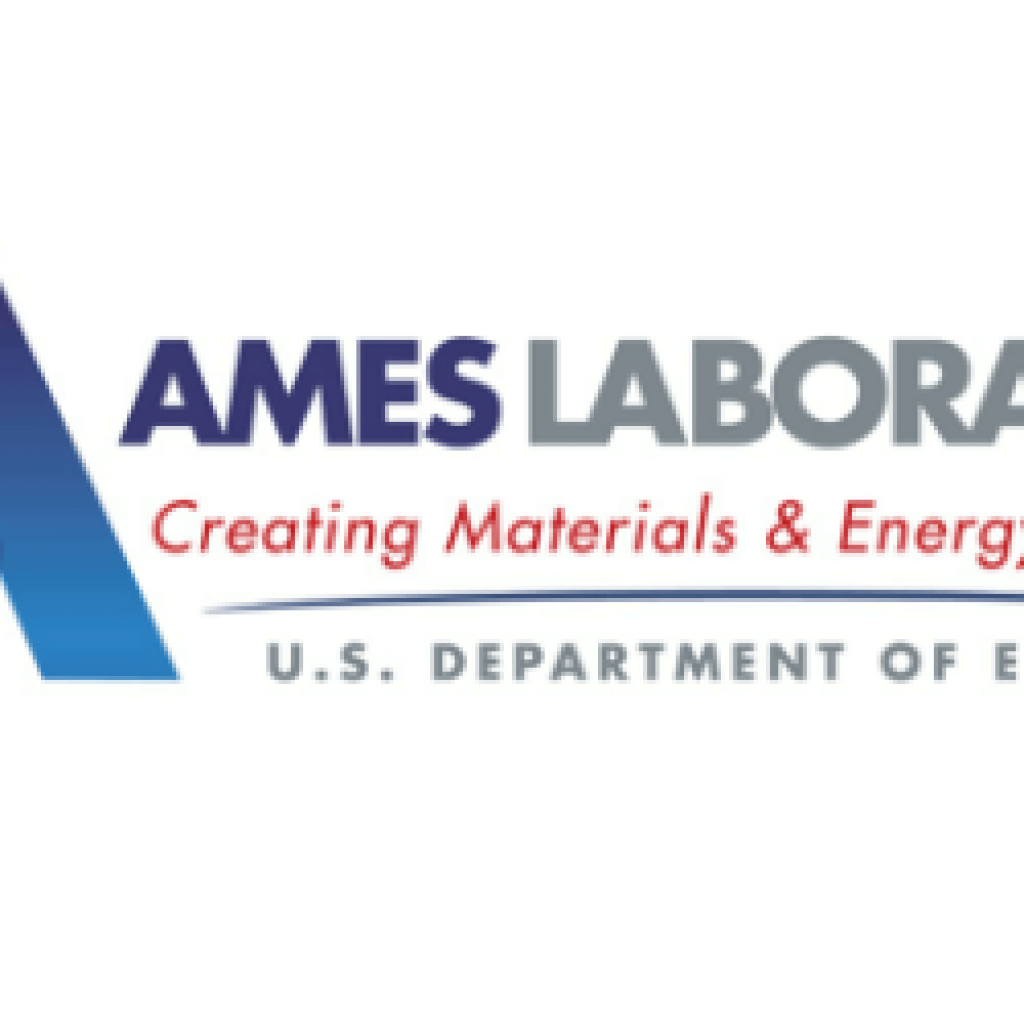(ScienceDaily) Scientists at the U.S. Department of Energy’s Ames Laboratory and collaborators at Brookhaven National Laboratory and the University of Alabama at Birmingham have discovered a new light-induced switch that twists the crystal lattice of the material, switching on a giant electron current that appears to be nearly dissipationless. The discovery was made in a category of topological materials that holds great promise for spintronics, topological effect transistors, and quantum computing.
“This finding could be extended to a new quantum computing principle based on the chiral physics and dissipationless energy transport, which may run much faster speeds, lower energy cost and high operation temperature.” said Liang Luo, a scientist at Ames Laboratory and first author of the paper.
Wang, Luo, and their colleagues accomplished just that, using terahertz (one trillion cycles per second) laser light spectroscopy to examine and nudge these materials into revealing the symmetry switching mechanisms of their properties.
“We achieved this giant dissipationless current by driving periodic motions of atoms around their equilibrium position in order to break crystal inversion symmetry,” says Ilias Perakis, professor of physics and chair at the University of Alabama at Birmingham. “This light-induced Weyl semimetal transport and topology control principle appears to be universal and will be very useful in the development of future quantum computing and electronics with high speed and low energy consumption.”
Scientists Discover Light-Induced Switch that Twists Crystal Lattice; Useful for Quantum Computers With High Speed & Low Energy Consumption
